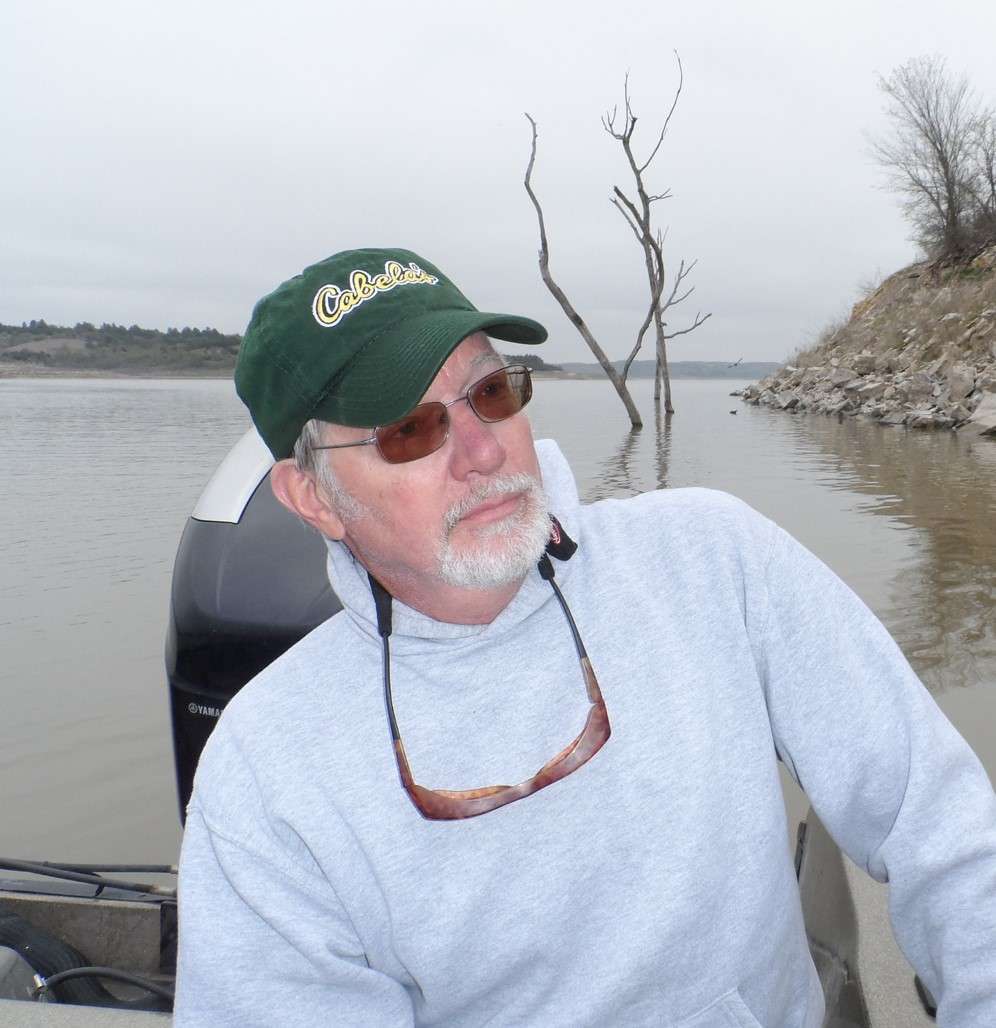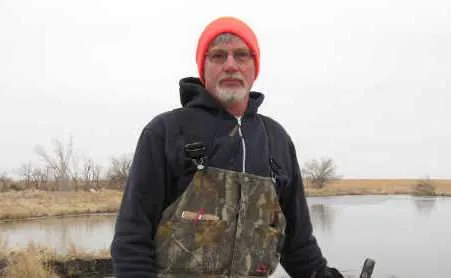From Quail to Elk; Kansas Never Disappoints
Every November, upland bird hunting becomes to Kansas what biscuits are to gravy. Each year Jeff Prendergast, Small Game Specialist with the Kansas Dept of Wildlife, Parks and Tourism (KDWPT) at Hays coordinates production of a statewide Kansas Upland Bird Hunting Outlook. This year’s 2017 report states “Overall, good cover and habitat conditions appear to have mitigated poor weather, thereby maintaining stable bird numbers for this fall. Winter habitat will remain good with lots of cover available for birds to utilize.”
This year several local farmers have told me they are seeing lots of pheasants and more quail than they’ve seen for years. Concerning pheasant hunting specifically, the 2017 report states “Pheasant hunting in Kansas should be fair to good this year. Excellent conditions in 2016 combined with high overwinter survival led to another increase in the pheasant survey this year and returned the index to the pre-drought average. The best areas this year will likely be in the northern half of the Kansas pheasant range.” As for quail, the report predicts “Quail hunting in Kansas should be good to locally great in 2017. Precipitation patterns observed over the past 5 years has altered vegetation, increasing both the quality and quantity of habitat, allowing for a modern quail boom. The bobwhite survey in 2017 was the highest recorded since the survey began 20 years ago.” If you would like to read the 2017 Kansas Upland Bird Hunting Outlook in its entirety, broken down region-by-region, email me and I’ll send you the file.
Over the years, the opening day of Kansas pheasant season has spawned many traditional family pheasant hunts, and several years ago I was honored to be part of one such hunt, the Schmidt Family pheasant hunt. In the mid 1960’s, Elmer Schmidt began hosting an annual family pheasant hunt on opening morning of pheasant season. Those first hunts consisted of Elmer and his brothers, brothers-in-law and nephews. As time passed, sons and sons-in laws, and eventually grandsons joined the mix; often the group numbered in the high twenties. The day always started with a full course hot breakfast at Elmer’s farm next to Lake Inman. Even in later years after Elmer moved to town, the day still began with an extravagant breakfast at his place, and pheasants were still cleaned each year in his driveway. The year I joined them the group consisted of one son, a son-in-law, several grandsons, a handful of nephews and a few friends who had become part of the opening-morning clan over the years.
Elmer has been gone since 2004, but his son David still lives in the home place next to Lake Inman, and that year lunch was prepared and served in his shop by his wife Elaine and their daughters. Fastened to the inside wall above the door was a group of pheasant tail feathers, the results of the last several year’s “Longest Feather” contest. After lunch each hunter choose the longest tail feather from his mornings harvest, and stood in line as each feather was carefully and skillfully compared against its rivals until the absolute longest pheasant tail feather of the morning was found and fastened in its place amidst the others. Besides fresh pheasant and fresh quail breast for the dinner table, this camaraderie and these traditions are what Kansas pheasant hunting is all about.
Kansas is probably as little known for its elk hunting as it is widely known for its pheasant hunting, but according to Matt Peek, wildlife research biologist with KDWPT, there are a fair number of wild elk roaming Kansas. Elk were common in Kansas during pre-settlement days. Later a herd was started in Maxwell Wildlife Refuge, and in the 1980’s elk from Maxwell and several other sources were introduced onto Cimarron National Grasslands and onto Fort Riley. Today the Ft Riley herd numbers about 250 and can be hunted only with one of about 25 tags issued each year. The herd at Maxwell can number 100 depending on the time of year and is closed to hunting. The elk herd on the Cimarron Grasslands is a free range herd whose number is always changing and no hunting is allowed on the Grasslands. Over the last 10 to 15 years, solitary animals or small bands have been spotted in most western KS counties. In recent years, elk have been harvested legally in Anderson and Coffey counties, and most recently elk were road-killed in both McPherson and Saline counties. Peek estimates the number of elk outside Maxwell, Fort Riley and the Cimarron Grasslands to be a couple hundred, and says they are “Very scattered and are comprised of individuals and small herds that move around a lot, sometimes in-and-out of Kansas into neighboring states.” The good news is that all those animals can legally be harvested with a tag purchased over the counter. Check out the KDWPT website for season dates.
So there you have it, from quail to elk, Kansas outdoors never disappoints. Just when you think you’ve experienced every hunting opportunity Kansas has to offer, something new pops up! Continue to Explore Kansas Outdoors.
Steve can be contacted by email at [email protected].




